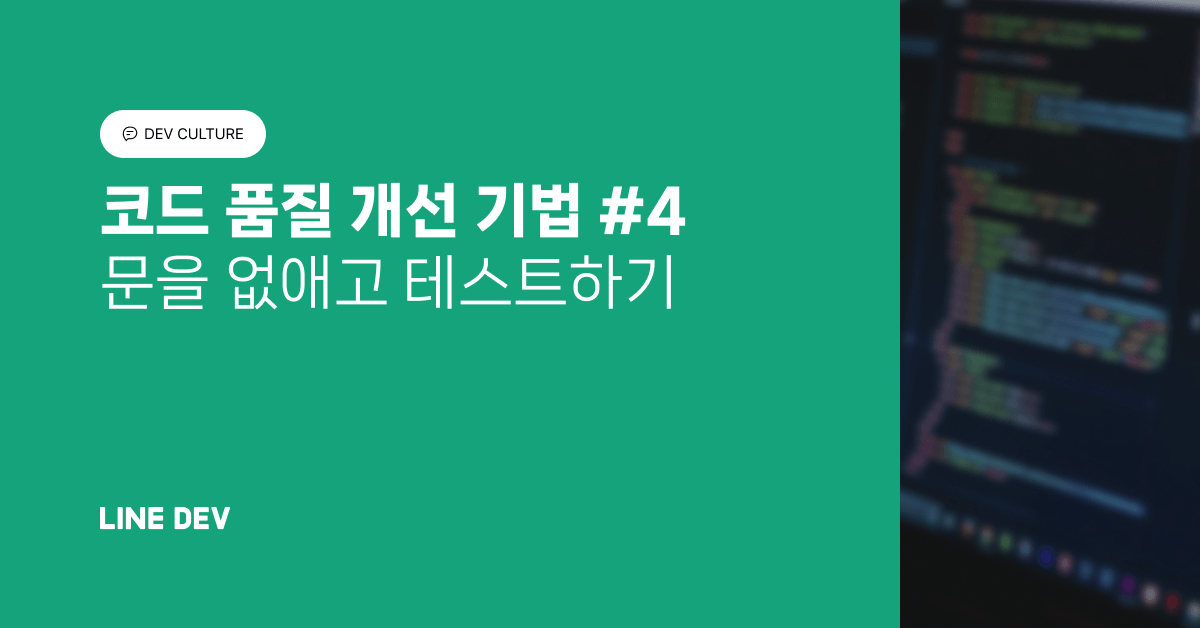This document provides a comprehensive overview of the Stock Transfer Order (STO) process in SAP, which is a crucial function for moving materials between different plants within the same or across different company codes. An STO is a purchasing document used in SAP Materials Management (MM) to request and track the transfer of goods from one plant to another, detailing various scenarios like intra-company and inter-company transfers, and different handling options for goods receipt and delivery.
Key Topics Covered:
- STO Types: Explains the different types of stock transfers, including basic Inventory Management (IM) movements (one-step and two-step using movement types like 301, 303/305), STO with purchasing document only (using movement types 351/101 and document type UB), and STO with delivery, highlighting the scenarios where each type is applicable and their advantages, particularly regarding cost capturing and MRP integration.
- Configuration Settings (SPRO Paths & Transaction Codes): Details the essential configuration steps in SAP to set up STO functionality. This includes defining shipping data for plants to link sales areas and customer assignments, assigning delivery types to document types and supplying plants, configuring intercompany billing and automatic vendor posting via transaction WEL1 and output type RD04, setting up EDI relevant configurations in transactions OBCA, OBCB, OBCC, OBCD, and OBCE, assigning sales organizations and distribution channels to plants, and setting up shipping point determination and billing output determination.
- Master Data Setup: Outlines the necessary master data configurations, which are crucial for the STO process to function correctly. This includes creating the supplying plant as a vendor in the receiving company code, the receiving plant as a customer in the sales area of the supplying company code, configuring partner profiles in WE20 (likely for EDI), maintaining material master data in both receiving (purchasing view) and supplying (sales view) company codes, and setting up condition records for purchasing prices (MEK2) and pricing conditions (VK11/VK12), along with optional quality management settings (MM03, QI01/QI02).
- End User Transaction Steps: Provides step-by-step instructions for executing different STO scenarios as an end-user. This includes creating an intercompany STO with delivery (ME21N), creating outbound delivery (VL10B/VL02N) and performing goods issue, executing goods receipt (MIGO), automatic AR and AP invoice postings, and optional AR/AP invoice cancellation processes. It also outlines steps for STO with only a purchasing document (no delivery) and STO with delivery using a one-step procedure.
In essence, the document comprehensively guides through the various facets of setting up and executing STO processes within SAP, spanning from initial configuration and master data maintenance to practical end-user transactions, thereby enabling efficient inter-plant material movements.
Download – SAP STO Guide: Configuration and Process Explained









![[글로벌 이슈/김상운]반세기 만에 재현된 韓日 ‘안보 협력’](https://dimg.donga.com/wps/NEWS/IMAGE/2025/02/12/131021108.1.jpg)






 English (US) ·
English (US) ·